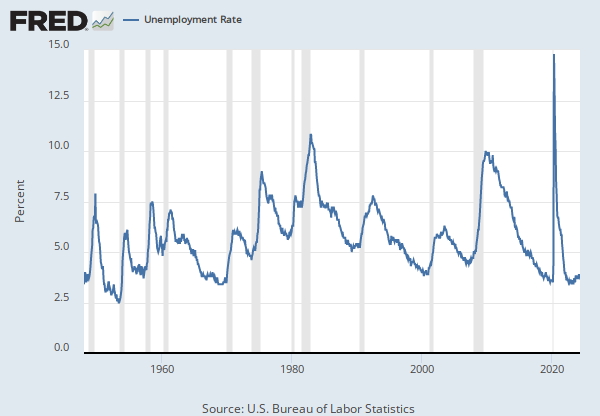Home > Releases > Employment Situation > Unemployment Rate - College Graduates - Master's Degree, 18 to 19 years, Women
Jan 2022: 1.1 |
Percent |
Monthly |
Updated:
Feb 4, 2022
11:07 AM CST
Observation:
Jan 2022: 1.1 (+ more) Updated: Feb 4, 2022 11:07 AM CST| Jan 2022: | 1.1 | |
| Dec 2021: | 0.8 | |
| Nov 2021: | . | |
| Oct 2021: | . | |
| Sep 2021: | . |
Units:
Percent,Not Seasonally Adjusted
Frequency:
Monthly












